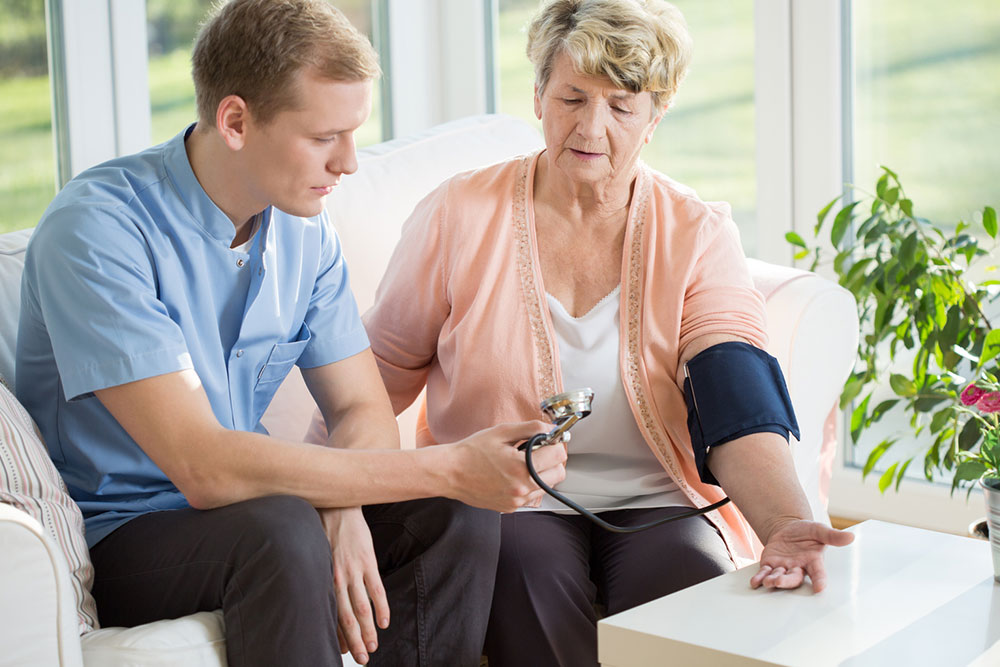5 errors to avoid when checking blood pressure at home

Blood pressure measurement is the most common test carried out at a physician’s office. However, sometimes, one may be asked to take the readings at home to allow them to continue with work and other commitments while recording the measurement in real time to keep an eye on drastic fluctuations. As this process is highly prone to errors, here are mistakes cardiologists want one to stop making while taking blood pressure readings at home:
1. Testing with a full bladder
A full bladder may exert pressure on the kidneys, making them respond in a way that raises blood pressure by 10 to 15 points. So, going to the bathroom 20 to 30 minutes beforehand could help get more accurate readings.
2. Incorrect posture
Keeping the legs crossed and slouching while taking a reading could compress the arteries in the legs and restrict blood flow, resulting in an irregularly high blood pressure reading. So, one should sit upright and place the machine on a flat surface like a kitchen or dining table before measuring blood pressure. Further, the feet should be on the floor, and the arm should rest at the heart level, i.e., on the table or the arm of the chair.
3. Wrapping the cuff over clothing
The blood pressure cuff should be wrapped over skin and not clothing. Wrapping the skin over clothes may result in an inaccurate reading. So, one must fold the sleeves or keep the arm bare before taking a reading.
4. Not resting before a reading
One should be completely at rest for at least five minutes before measuring their blood pressure. Further, it is important to avoid engaging in exercise or drinking coffee for up to 30 minutes before the process. Being calm and rested before the reading can result in accurate results.
5. Not writing down the numbers
Delaying writing down the numbers after a reading could make one forget the exact results. Any error in the numbers could negatively affect the ongoing treatment plan or prevent the doctor from detecting a complication. So, one should record all measurements in a physical or digital log, as this information is crucial for health management.



